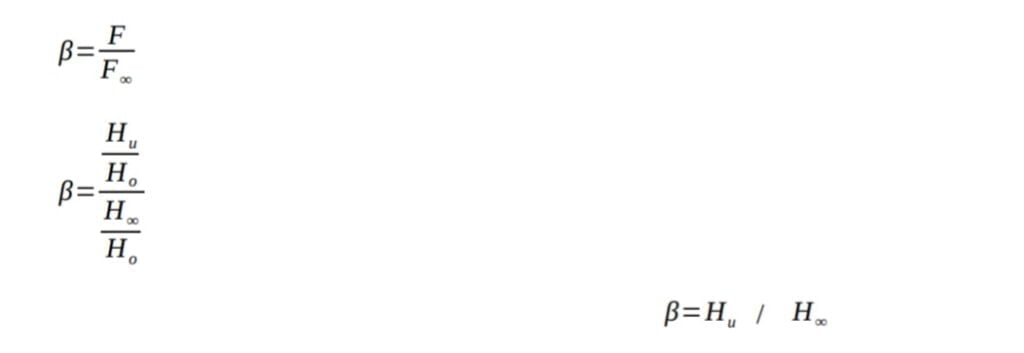Suspension
Following evaluation parameters are used for suspension
Sedimentation method
It is the most important parameter for evaluation of stability of suspension. Sedimentation volume is the ratio of ultimate volume of sediment to the original volume of the suspension. In this method, sedimentation volume is measured using the formula:
F= Hu/Ho
Where:
F is the sedimentation volume
Hu is the ultimate volume of the sediment after the sedimentation
Ho is the original volume of the suspension taken in measuring cylinder
• The value of sedimentation volume (F) generally lies between less than 1 to 1 or in some suspension it may exceeds from 1. The larger the value of F, better will be suspension.
• Sedimentation volume is plotted against the time. If the graph is horizontal then suspension is stable or if there is any change in graph then suspension is unstable.
Degree of flocculation:
Degree of flocculation (β) is the ratio of the sedimentation volume of the flocculated suspension (F) to the sedimentation volume of deflocculated suspension ( F∞ ). It can be calculated by
Redispersibility:
If a suspension produces sediment upon storage then it should be readily dispersible so that dose uniformity can be maintained. The amount of shaking to achieve it should be minimum. Various redispersibility tests have been done to check it.
Viscosity:
The viscosity of the suspension is studied at different time intervals using viscometer.
A stable suspension have high apparent viscosity at low rate of shear due to which suspended particles either settle slowly or remain suspended without settling.
Viscosity can be determined by stoke’s law:
V= d² (Ps – Po) g / 18ñ
Where,
V is the rate of settling of particles
d is the diameter or size of the particles
Ps is the density of disperse phase
Po is the density of disperse medium
η is the viscosity of the disperse medium
g is the gravitational constant
On the basis of this equation, V is inversely proportional to the η (Viscosity). It is clear that on increasing the viscosity of disperse medium, rate of settling of particles decreases. So particles settle down slowly or remain suspended in the medium which form a stable suspension.
Zeta potential
Zeta potential is determined by moving boundary method and micro electrophoresis method. Suspensions having high zeta potential (negative or positive) are electrically stabilized while suspensions having low zeta potential tend to aggregation of solid particles leading to poor stability. Generally at high zeta potential, force of repulsion exceeds the force of attraction causing stable system.
Particle size:
• The stability of a suspension also depends upon the particle size of the disperse phase. An ideal suspension should have particle size of 0.5- 5µm.
• According to stoke’sequation, increase in particle size also increases the rate of settling of particles and cause instability of suspension.
• Larger particles settle down rapidly than smaller particles.
• Particles greater than 5µm cause gritty nature to the suspension and may cause irritation if injected or instilled into the eye.
• Particles larger than 25µm cause blockage of the needle if given by parenteral route.
• If particle size is very small then particles form easily hard cake at the bottom of the
container. So the particle size of the suspension should neither be too large nor too small.
Sometimes, on storage of suspension particles may grow and lead to formation of lumps or aggregates due to temperature fluctuations. It is because on high temperature, solubility is high and as temperature is down then particles crystallize out. It occurs generally with poorly water soluble drugs.

